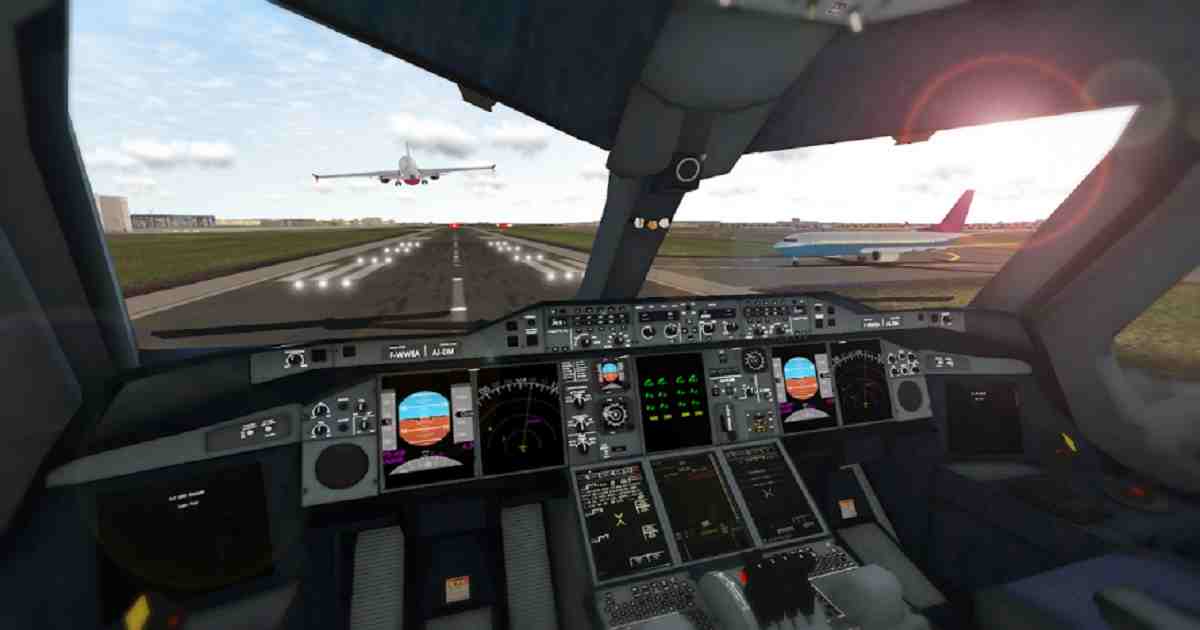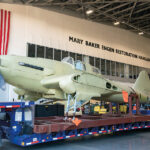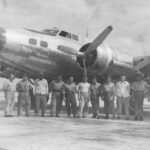Modern technology is revolutionizing aviation, making the skies more accessible. Recent technological transformations have created numerous benefits for airlines, passengers, and the environment. Such changes help reduce fuel consumption, improve travel experience, and make flying safer and more convenient. From in-flight entertainment to fast check-ins, people expect the best from their air travel, and modern airlines can deliver.
After all, people can even play casino games on their flights online, from online slots to poker, without interruptions. In fact, you can even read a razor shark review on online casinos to know what games are the best for plane travel. Meanwhile, you can learn more about the latest tech updates that make aviation more accessible for all.
Comfort and Entertainment
Gone are the days of staring out the window, waiting for the journey to end. Modern technology has transformed the air travel experience into entertainment adventures.
These days, passengers can enjoy all kinds of entertainment choices. Most airplanes usually have individual touchscreens filled with movies, music, Internet connections, and games to anyone’s liking. People can catch up on the latest cinema releases, listen to an audiobook, or read reviews in Hungarian online at https://legjobbmagyarcasino.com/. Playing in online casinos with friends, all while being so far in the air they can’t see the ground. Isn’t it a miracle of technology on its own?
You don’t want entertainment? For some people, being in the air provides a perfect opportunity to catch up on work or prepare for important presentations. On-board Wi-Fi allows passengers to stay connected to the outside world, whether checking emails, receiving calls, or working remotely on personal laptops.
This focus on passenger comfort and entertainment has long been a smart business move in air companies’ behavior. It offers a way to differentiate themselves from the competition and create a loyal customer base. A greater variety of possibilities during the flight can ensure happy passengers who are more likely to choose them again for their next trip. After all, traveling while watching a movie is much more pleasant than driving for hours to no end.
Improved Navigation
Imagine navigating a complex maze blindfolded — that’s what piloting used to be like, relying heavily on celestial clues and experience. Today, sophisticated GPS systems have revolutionized flight, acting as virtual co-pilots. These marvels of technology provide pinpoint accuracy, allowing pilots to chart a course with laser focus. This translates to a smoother, more efficient journey. No more battling unpredictable winds or taking detours due to unclear skies.
The benefits extend far beyond just a more comfortable ride. Precise navigation translates to shorter flight times, a win for both airlines and passengers. Imagine reaching your destination 30 minutes earlier, a welcome change for busy travelers. Moreover, with precise flight paths, airlines can optimize fuel usage, a crucial factor for new players entering a cost-competitive market. Modern navigation is more than just a technological marvel; it’s the invisible hand guiding airlines toward a faster, more efficient, and kinder future for the environment.
Enhanced Safety
Remember the days when turbulence sent shivers down everyone’s spine and near misses were a terrifying reality? Thankfully, those days are fading into aviation history. Modern technology has become a guardian angel, introducing innovative collision-avoidance systems. These intelligent marvels act as an extra set of eyes in the sky, constantly scanning for potential dangers like other aircraft or unforeseen obstacles.
Such technology builds an invisible shield around your plane, constantly alert and ready to take action. An alert instantly goes off in case of a potential threat, warning the pilot and suggesting alternative measures to the set course.
What’s best is that this incredible technology continues to improve, enhancing the safety of passengers and crew and fostering trust and confidence in airlines, especially new players entering the market.
Fueling Efficiency
Remember when plane tickets came with a hefty dose of guilt for the environment? Thankfully, that’s changing course. Modern aircraft are designed with fuel efficiency as their secret weapon. Think of them as sleek, eco-conscious machines that sip fuel instead of devouring it. This shift towards efficiency isn’t just about saving money for airlines (although that’s a definite bonus!). It’s about reducing the environmental impact of every flight.
Less fuel burned means fewer harmful emissions are released into the atmosphere. This is a win-win for everyone. Airlines, particularly new players entering a competitive market, can showcase their commitment to a greener future. A growing segment of environmentally conscious travelers can choose airlines that align with their values. So, the next time you take flight, you can do so with the knowledge that you’re contributing to a cleaner, more sustainable world — one trip at a time.
Streamlining Operations
Modern technology is revolutionizing aviation, making the skies more accessible. Sophisticated GPS systems ensure precise navigation, leading to shorter flights and reduced fuel usage. This benefits both airlines and the environment. Passenger safety takes center stage, with collision-avoidance systems acting as watchful guardians. Finally, technology streamlines the journey, from speedy check-in kiosks to automated baggage handling, ensuring a smoother and more relaxing travel experience.
“Vintage Aviation News staff did not write this article; the content comes via our partners who wish to help support our website.”























